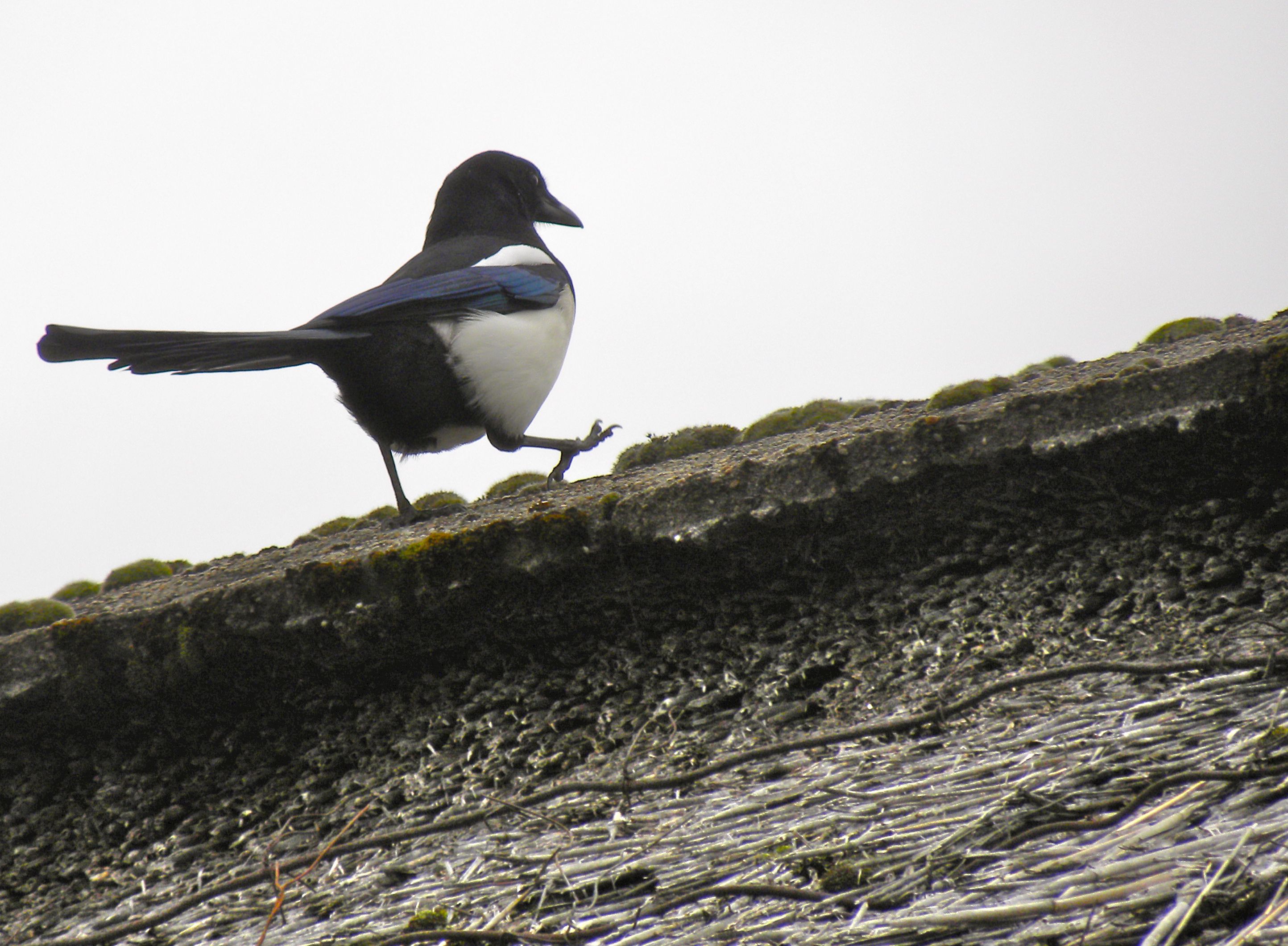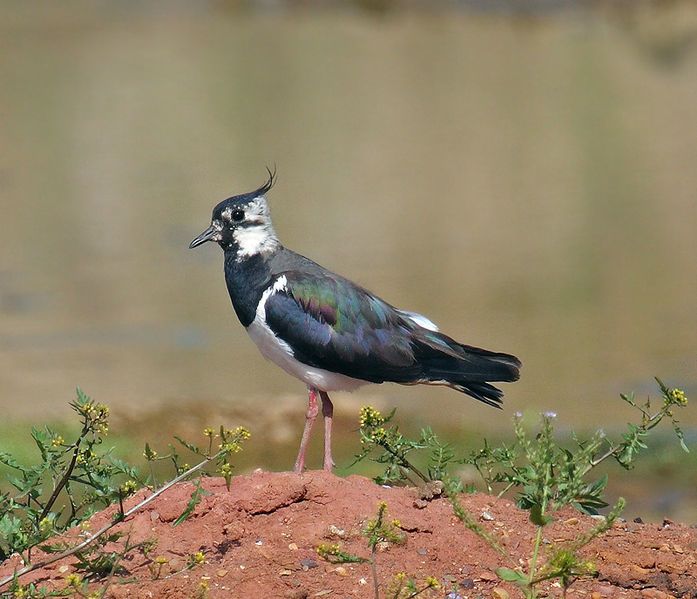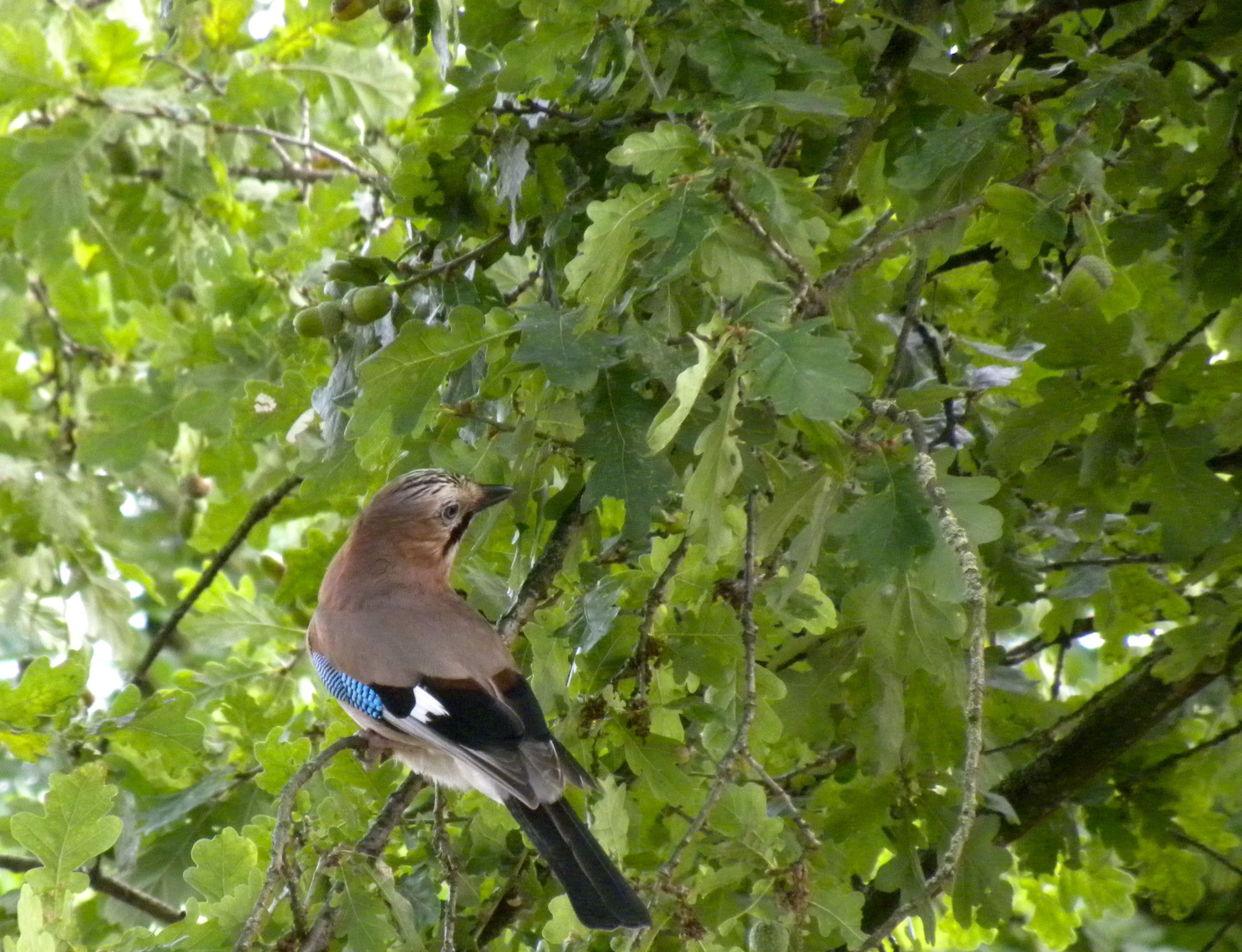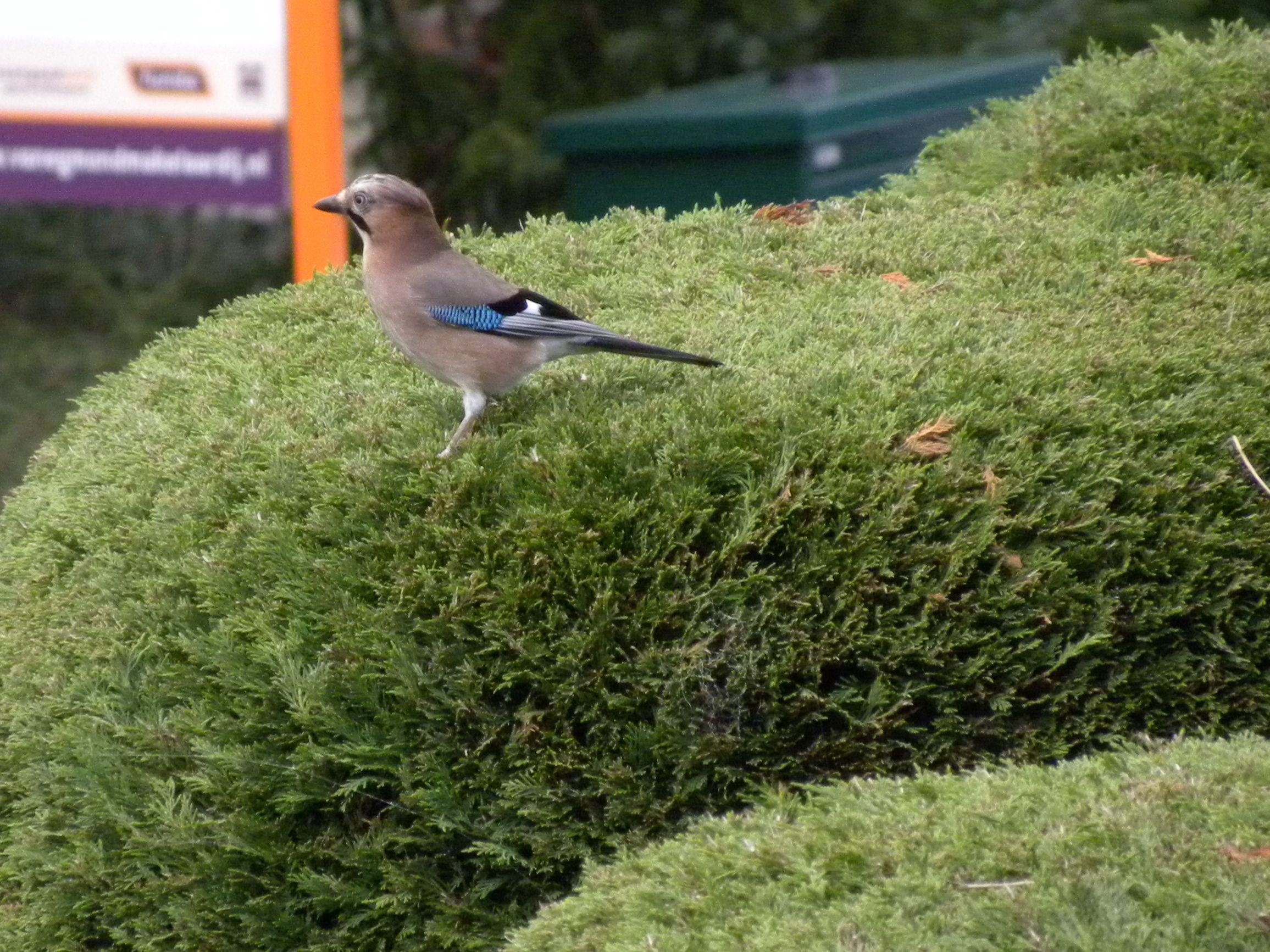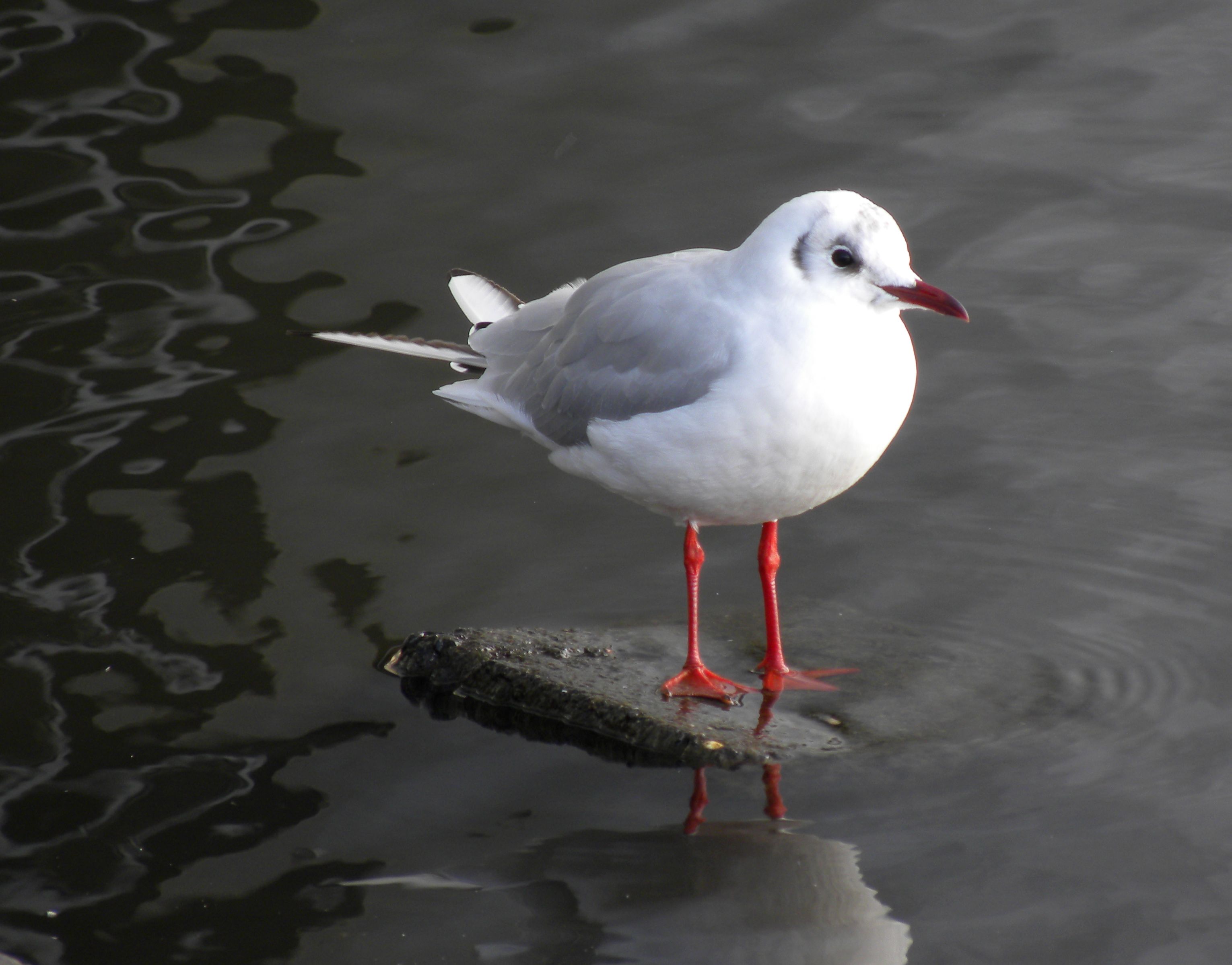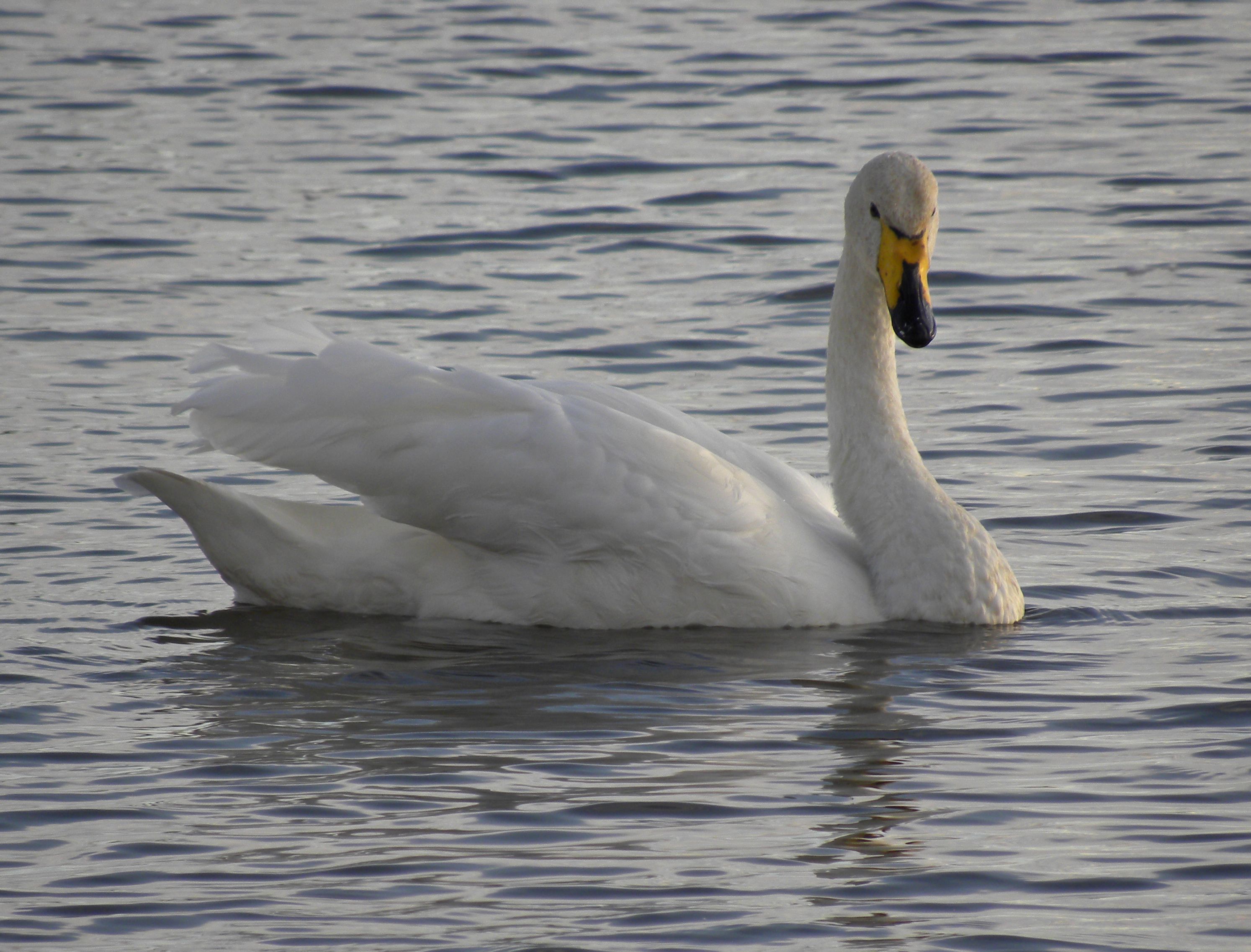September 27 2012. Holland. I’ve had a soft spot for Magpies that goes back to my childhood. There’s more on that in ‘Thieving Magpie?“. Here in Holland they are abundant, not quite as abundant as Coots (or ‘Meercootes’ in Dutch) which seem to be entrenched on every slough, ditch, pond or canal; but wherever there’s air to fly in you’ll find a Magpie or two not far away. There’s a pair just outside our hosts’ front door and they patrol the block intensively, leaving nothing unnoticed or uncommented upon. Like Jays they are members of the crow family, and like Jays they are, or were, considered a predatory pest in the England of my childhood.
The Magpie of Europe is not quite the same species as North America’s Black-billed Magpie, although the differences are minor and more evident in the species’ vocalizations. Here in Holland they seem to be disapproved of but more for their noisy and assertive presence in urban-avian life than for any particular sin. For all of their omnipresence I’ve found it difficult to get a good photograph of a Magpie, perhaps they are more persecuted than I know. Anyway this one was scrambling up a thatched roof to join a mate when I managed to get this tail-end shot.
